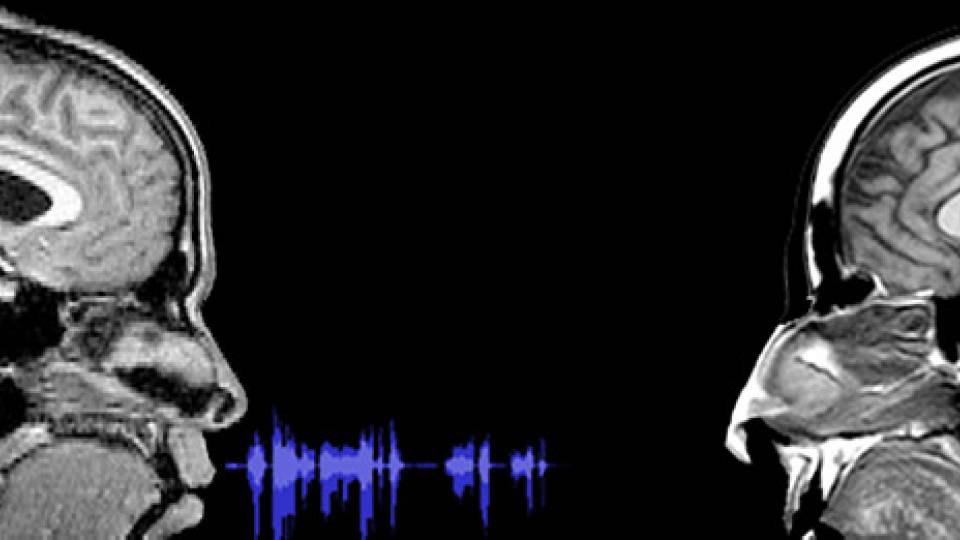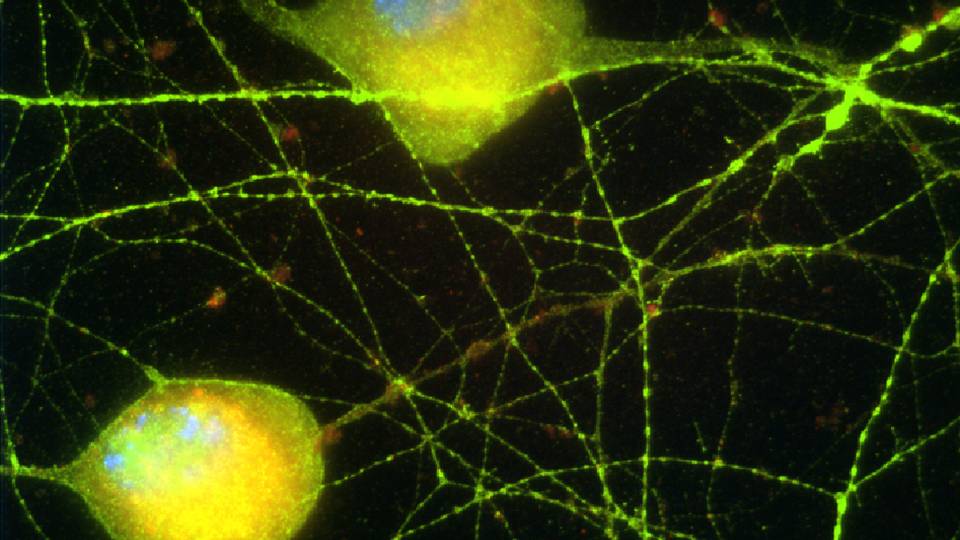Princeton neuroscientists are beginning to uncover the brain's surprisingly complex mechanism behind what would appear to be a very mundane ability: sensing the location of arms, legs, head and torso.
In addition to answering fundamental questions about how the brain keeps track of the body, this research could one day help people with prosthetic limbs to have better mobility and dexterity.
"It's something that people take for granted, but your body sense is really one of the most important senses you have," said Michael Graziano, a research scientist in the psychology department. "You can lose sight and still recover your ability to function by relying on other senses. But if you lose your body sense, you don't know what parts are your own and what are external objects. You could not even organize and coordinate a movement. You would be totally bedridden."
In a paper published in the Dec. 1 issue of Science , Graziano and colleagues found that the brain achieves this sense of what psychologists call "body schema" through a set of calculations that are much more complicated and finely tuned than was previously imagined. In particular, they found that certain neurons receive and reconcile a variety of sensory signals, including visual data as well as felt feedback from muscles and nerves.
The researchers studied the activity of individual neurons in a specific region of a monkey's brain known to be involved in determining body schema. Neurons in this region are highly specialized. Some respond only to the left arm reaching left, others to the same arm reaching right.
As expected, these neurons reacted to arm movements even when a large shoulder-level visor blocked the arm from the monkey's view. However, the neurons also became active when the arm was held still and the researchers moved a life-like fake arm on top of the visor. Perhaps more surprising were tests in which the neurons ignored less life-like false arms or false arms that were turned backward or oriented so the left hand was where the right should be.
"These are really quite clever and sophisticated neurons," said Graziano. "They were so finely tuned that they tracked the location of a visual stimulus only if it was a plausible likeness of a real arm in the correct orientation."
Despite this very narrow focus, these neurons also may possess remarkable flexibility. Graziano has now become interested in the possibility that the brain can adapt its body-sensing neurons to recognize the identity and position of external objects, particularly tools. For example, when a craftsman becomes so skilled with a hammer that it feels like an extension of his hand, it may really be an extension of his hand as far as the neurons are concerned. The same neurons that track the hand may be trained to track the hammer.
"One of the most interesting things about body schema is that it's very modifiable, even in very short periods," said Graziano. "Many people when driving a car get this sense of the boundaries of the car, like it's part of their own body. Would neurons then begin to track the location of this arbitrarily added body component?"
This line of research may one day help people with prosthetic limbs to successfully incorporate the devices into their body schema, said Graziano. "If we could understand the body schema sufficiently, we could perhaps devise better fake limbs or better training methods to allow people to adjust quickly to their new limbs."
Contact: Justin Harmon (609) 258-3601



